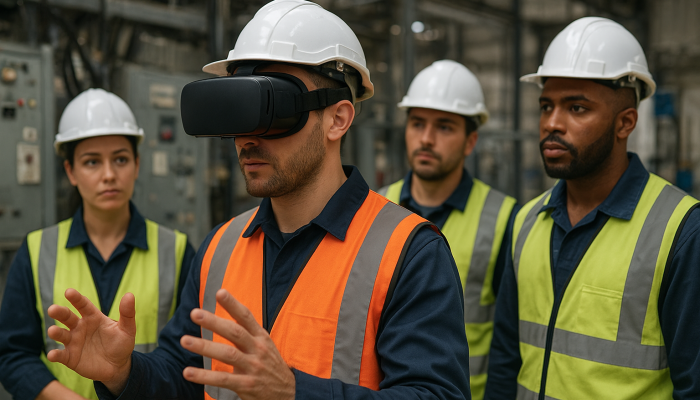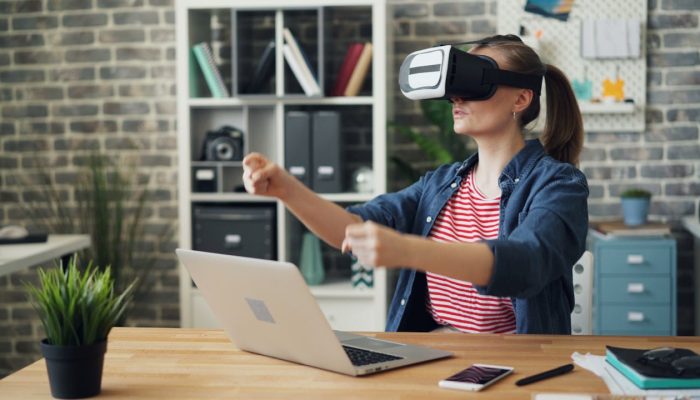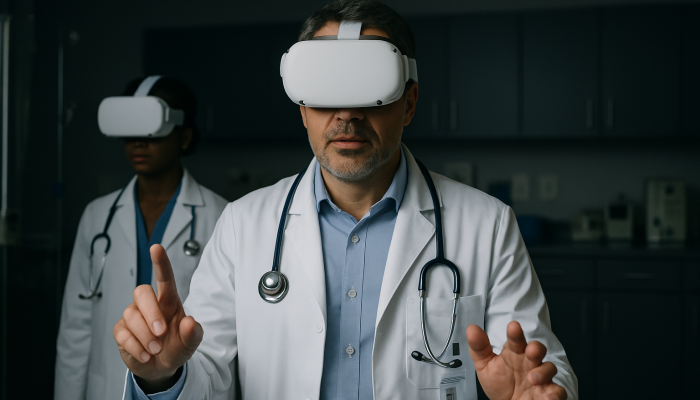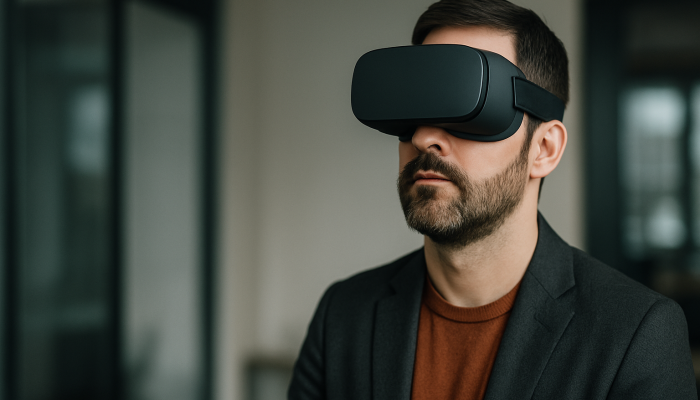How Do We Trust XR in Safety Training ?
Revolutionizing Safety Training with XR
The industrial sector has always dealt with high-risk environments — from oil rigs and manufacturing plants to construction sites and energy facilities. Today, technologies like VR (Virtual Reality), AR (Augmented Reality), XR (Extended Reality), and MR (Mixed Reality) are not just tools for innovation; they’re becoming critical to safety, efficiency, and workforce readiness.

VR safety training lets employees experience high-risk scenarios without the real-world dangers. Imagine a crane operator practicing emergency maneuvers in a fully immersive VR simulation — no actual heavy machinery, no danger, just learning by doing. AR can overlay step-by-step instructions on machinery in real-time. MR can blend real objects with virtual guides for complex maintenance tasks. XR ties these together into a complete, flexible training ecosystem But there’s a catch: none of this works unless it’s tested thoroughly.
Why VR Is Changing the Game in Safety Training
The power of VR in safety training lies in its ability to create risk-free, high-fidelity environments that mimic the real world. Employees can face simulated fires, chemical spills, equipment malfunctions, or construction hazards without stepping into actual danger zones.
Key advantages of VR safety training:
- Realistic Hazard Exposure:
- Trainees can encounter dangerous scenarios repeatedly without physical risk.
- Hands-On Muscle Memory:
- Performing safety procedures virtually builds real-world reflexes.
- Performing safety procedures virtually builds real-world reflexes.
- Error Without Consequence:
- Mistakes become learning opportunities, not life-threatening incidents.
- Mistakes become learning opportunities, not life-threatening incidents.
- Scalable Across Locations:
- One VR training program can be deployed globally without needing physical replicas of equipment or spaces.
The Role of AR, XR, and MR in Industrial Safety
While VR immerses employees in a fully virtual world, AR, XR, and MR expand the possibilities :
- AR (Augmented Reality)
- Adds digital safety cues and instructions directly into a worker’s real-world view.
- Adds digital safety cues and instructions directly into a worker’s real-world view.
- MR (Mixed Reality)
- Blends real objects with interactive digital overlays, allowing for hybrid training with both virtual and physical tools.
- XR (Extended Reality)
- Serves as the umbrella, combining VR, AR, and MR to deliver flexible training tailored to specific job requirements.
These technologies help reduce human error by giving workers instant, contextual information exactly when they need it. For example, AR can highlight the correct valve to shut down in an emergency, or MR can simulate a malfunction on a real machine for troubleshooting practice
Why VR, AR, XR, and MR Testing Is Non-Negotiable
If a VR headset lags during a hazard simulation, if AR safety markers don’t align correctly, or if MR interaction tracking fails, training loses its effectiveness — and could even create false confidence in workers.
That’s why VR testing, AR testing, XR testing, and MR testing are critical :
- Spatial Accuracy:
- Ensuring virtual objects and cues align perfectly with real-world positions.
- Ensuring virtual objects and cues align perfectly with real-world positions.
- Interaction Stability:
- No glitches or tracking dropouts during crucial training moments.
- Performance Reliability :
- Smooth operation across different lighting, spaces, and network conditions.
- Smooth operation across different lighting, spaces, and network conditions.
- User Comfort & Safety :
- No excessive motion sickness, visual fatigue, or disorientation.
Employee Engagement and Retention with VR
Studies have shown that employees trained in VR retain information better than those trained using traditional methods. The immersive nature of VR keeps trainees focused, eliminates distractions, and allows learning by doing.
- Engagement :
- VR turns safety training from a passive slideshow into an active experience.
- Motivation:
- Gamified elements in VR and AR can make learning enjoyable and competitive.
- Gamified elements in VR and AR can make learning enjoyable and competitive.
- Confidence :
- Realistic practice builds readiness for actual work scenarios.
When workers feel prepared and confident, both productivity and safety metrics improve.
Bringing It All Together — And Why It Matters for Your Business
The promise of VR, AR, XR, and MR in safety training is huge — fewer accidents, faster learning, and a more skilled workforce. But these benefits only happen if the technology performs perfectly in real-world conditions.
Try Our 2-Week Free Trial
Want to see how we test before you commit?
Start with our 2-week free trial, and get:
- Real-device performance reports
- Bug logs with video proof
- Comfort and battery feedback
- Optimization tips for your dev team
Contact Us
Fill out the form below and we will
contact you as soon as possible!



